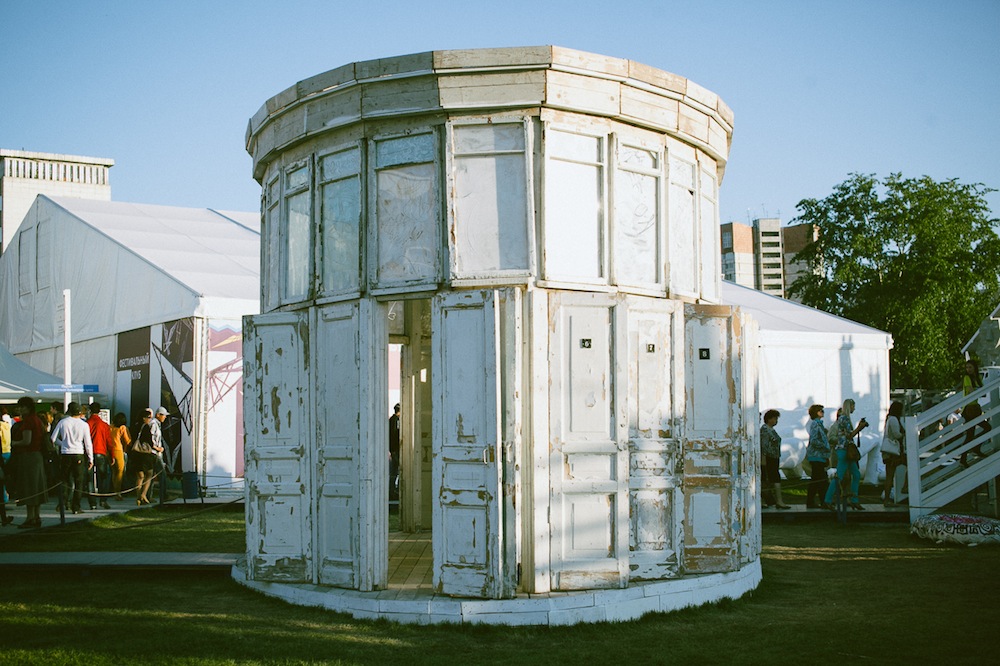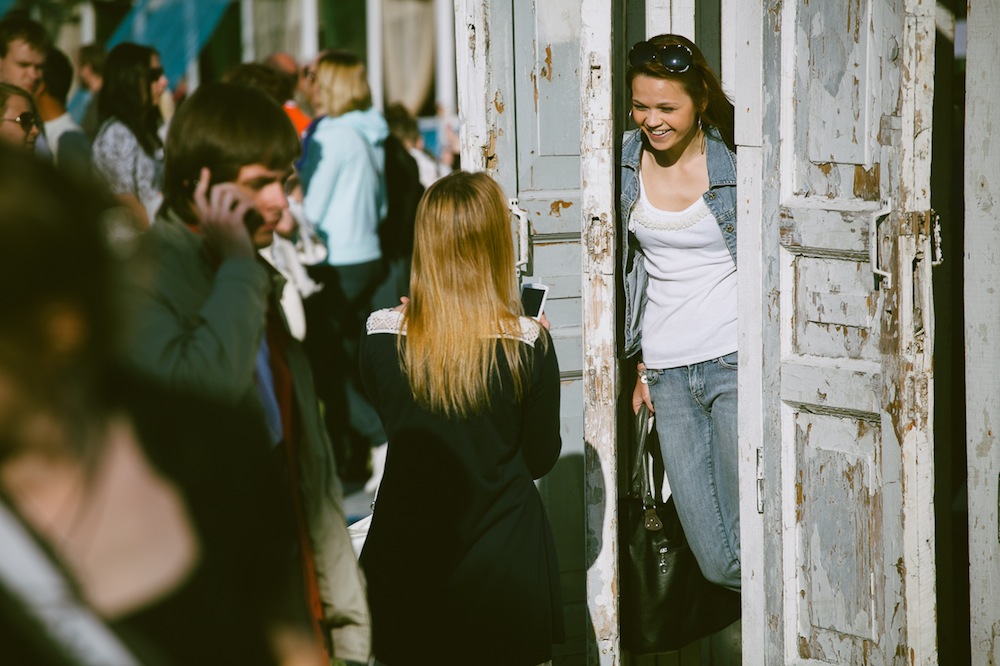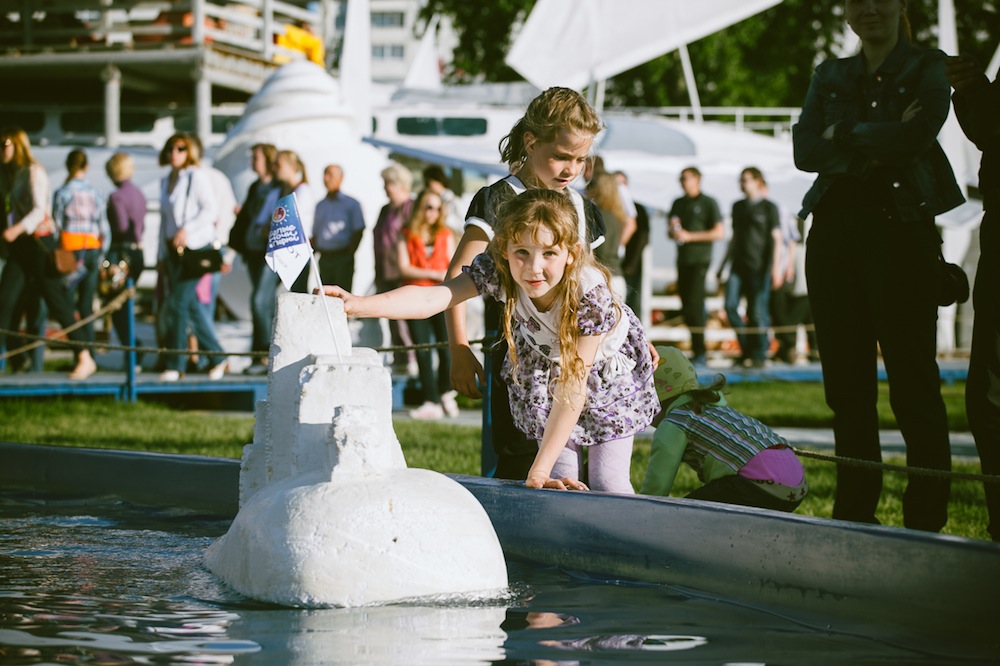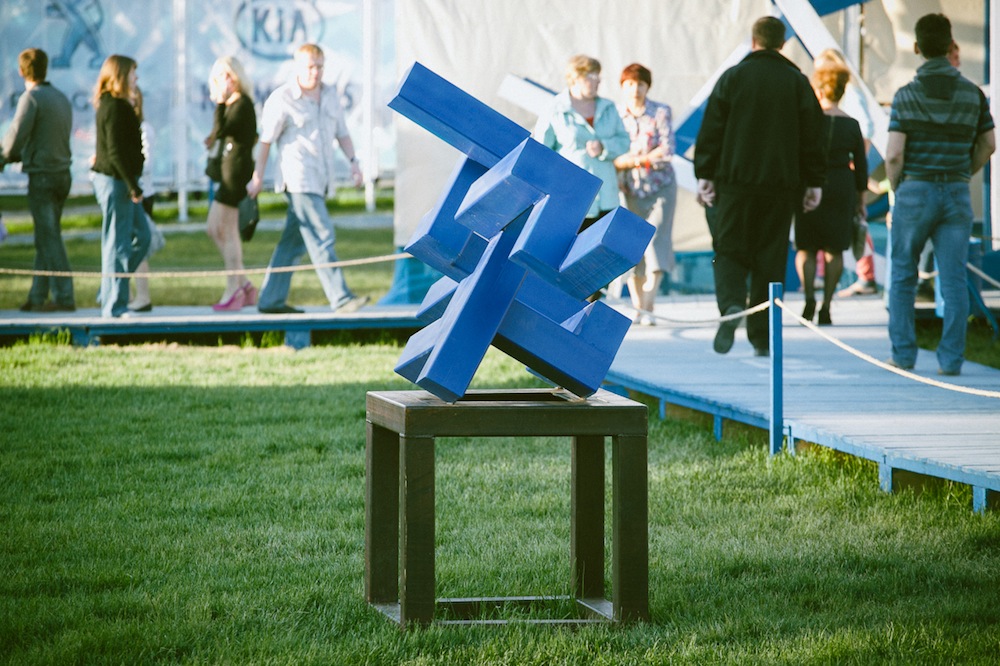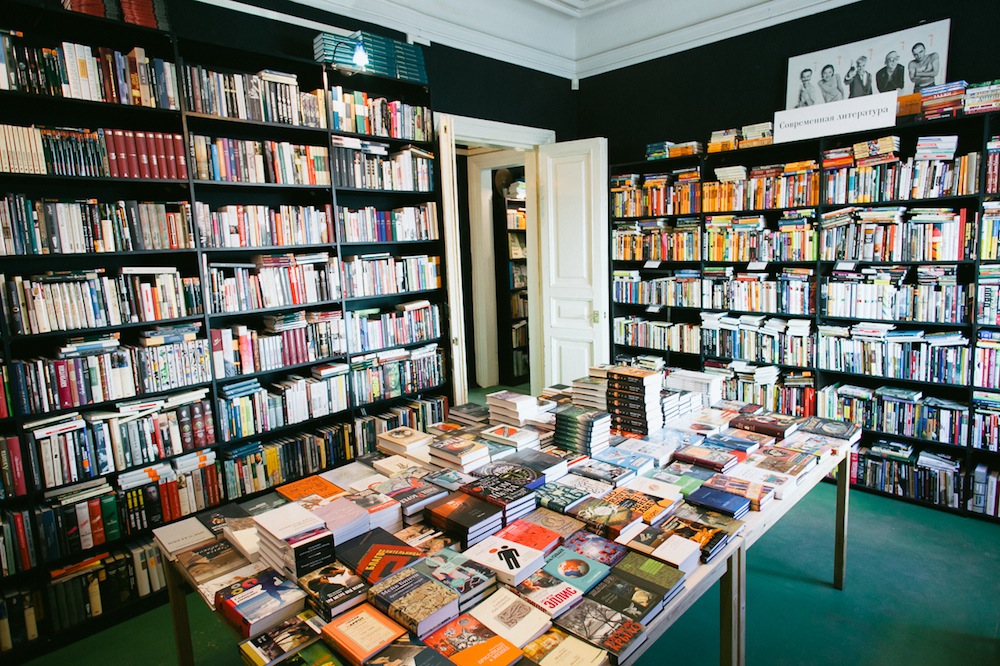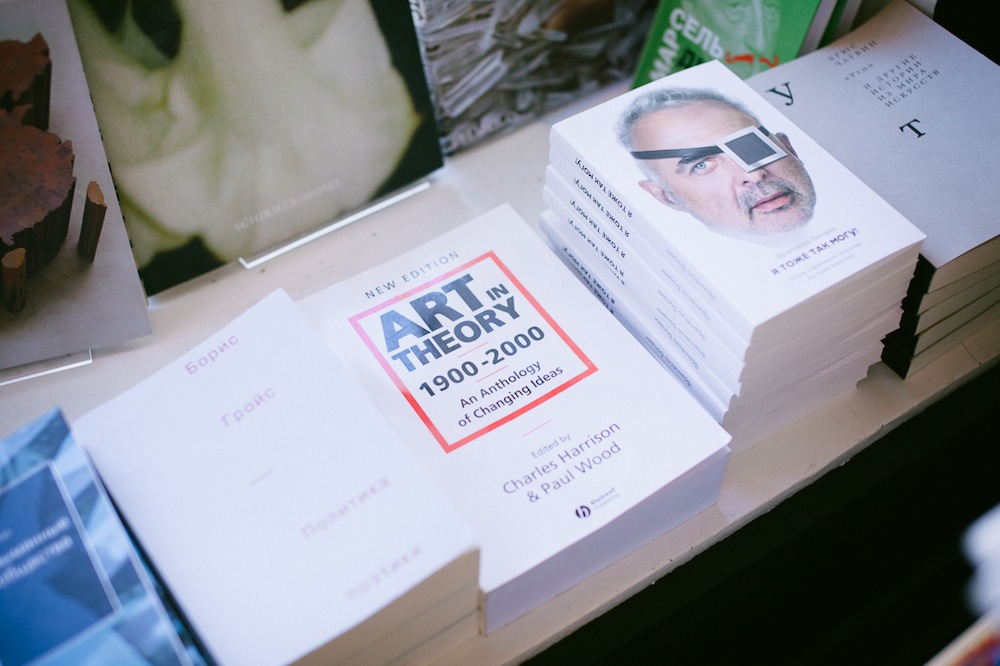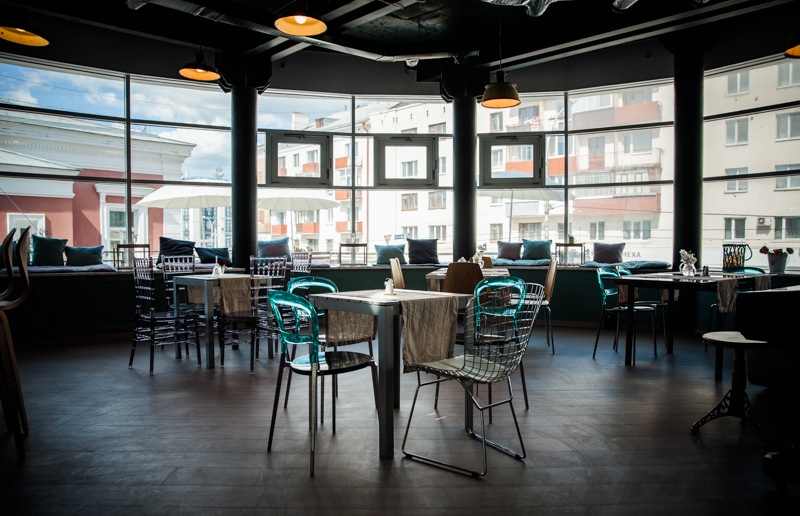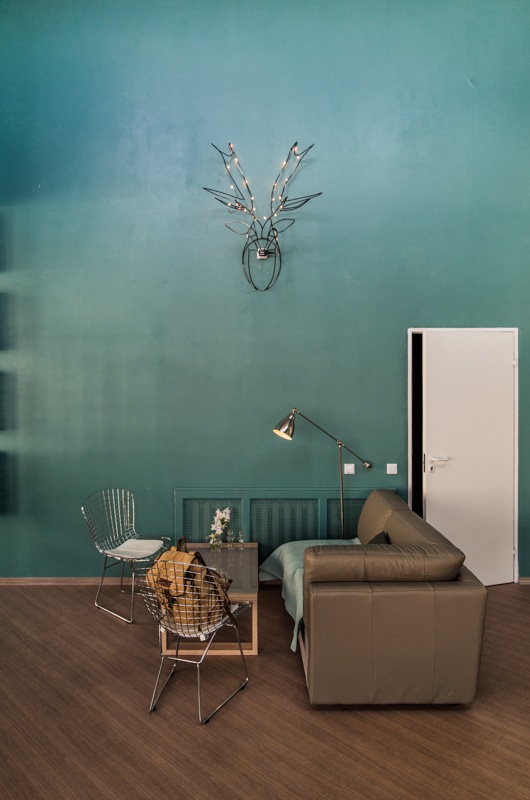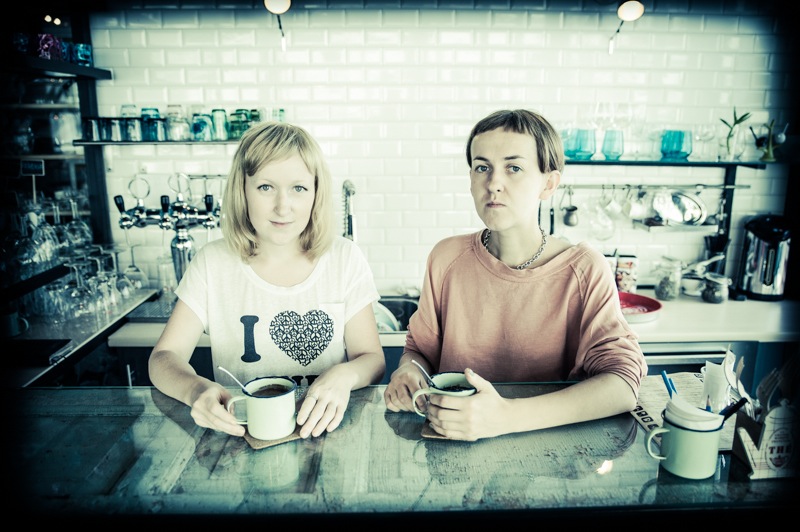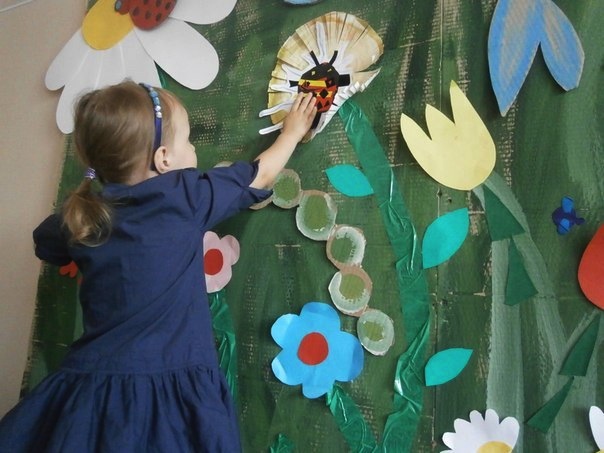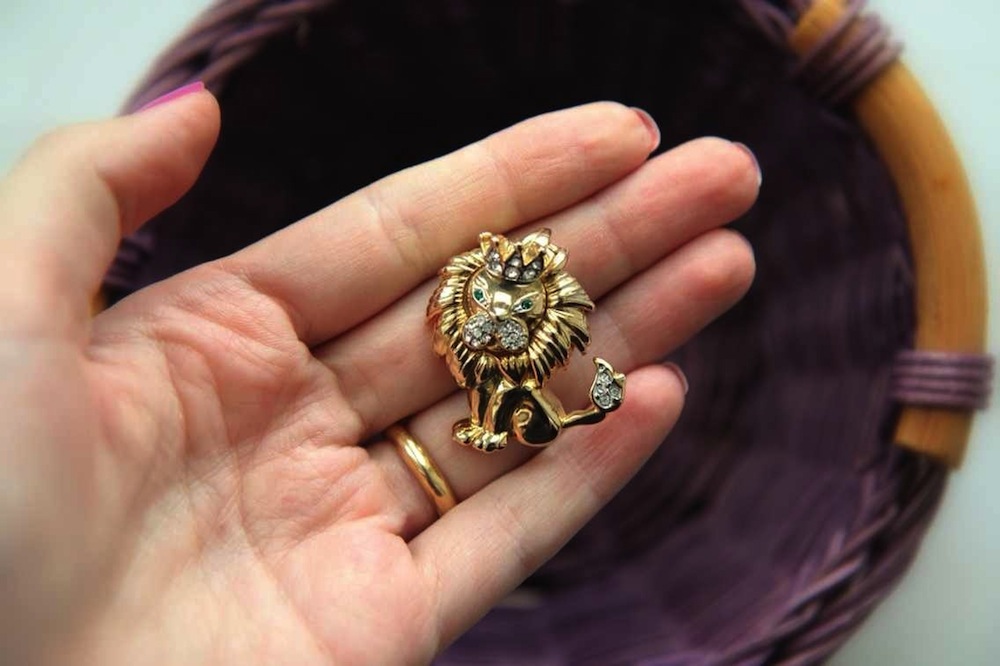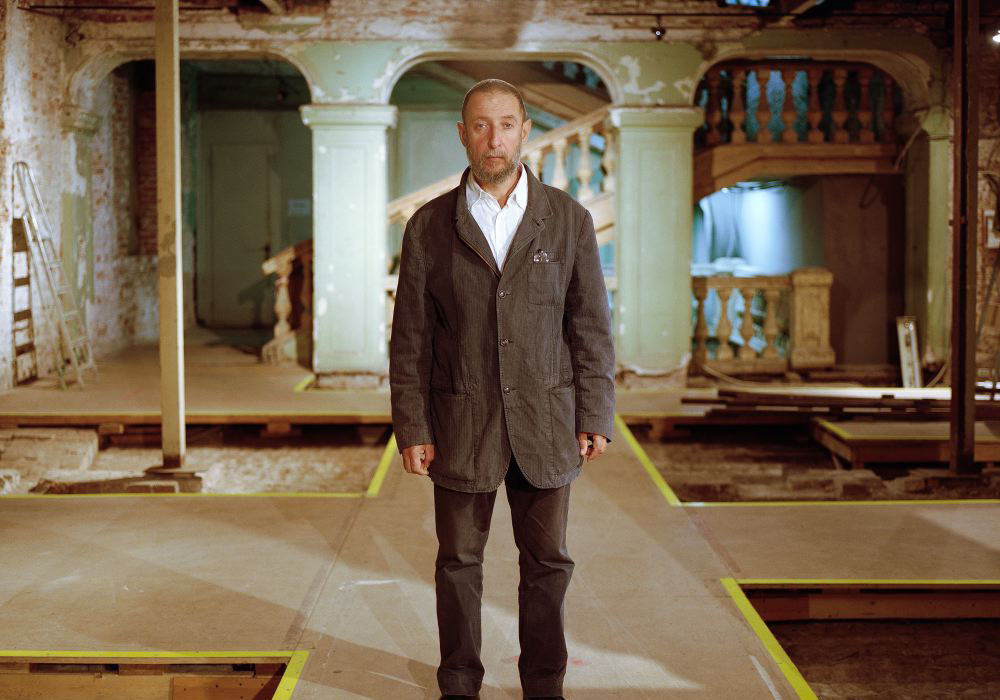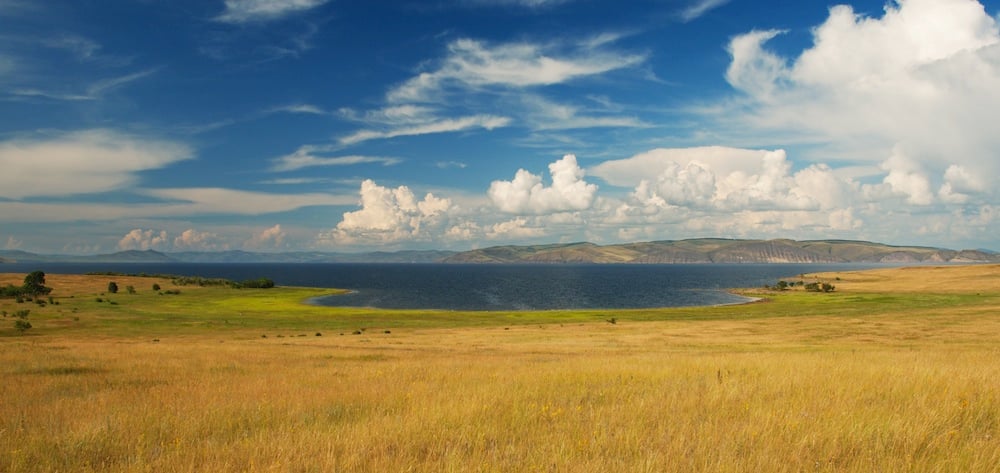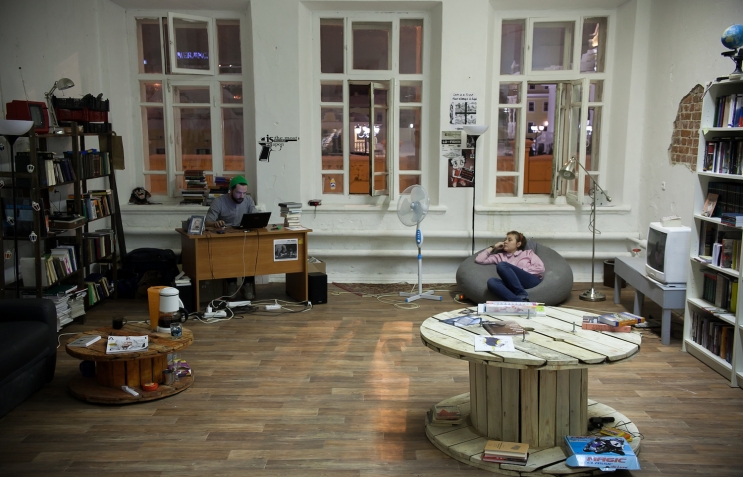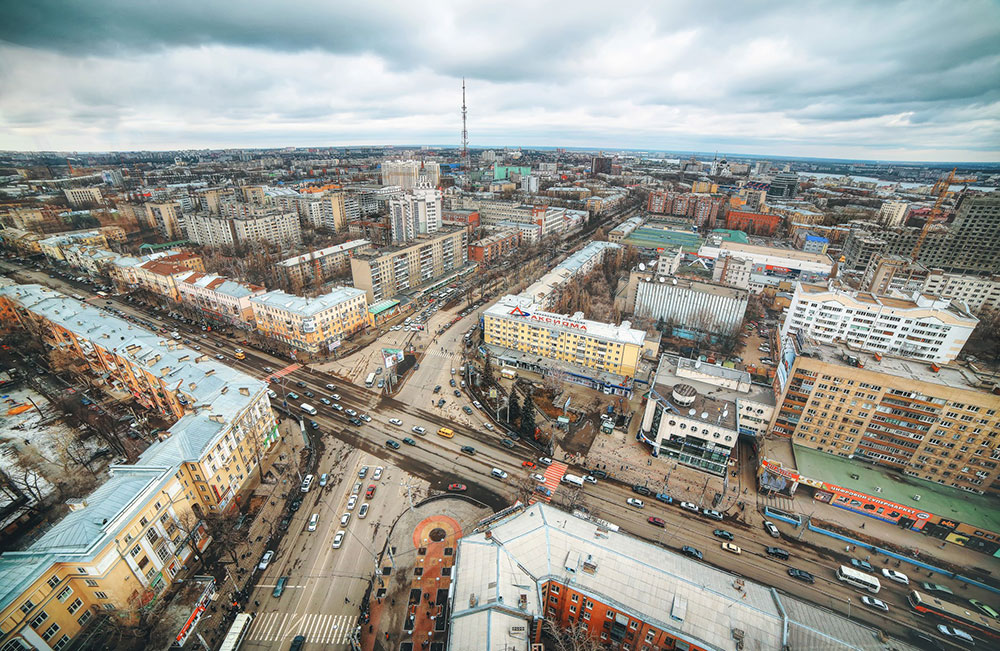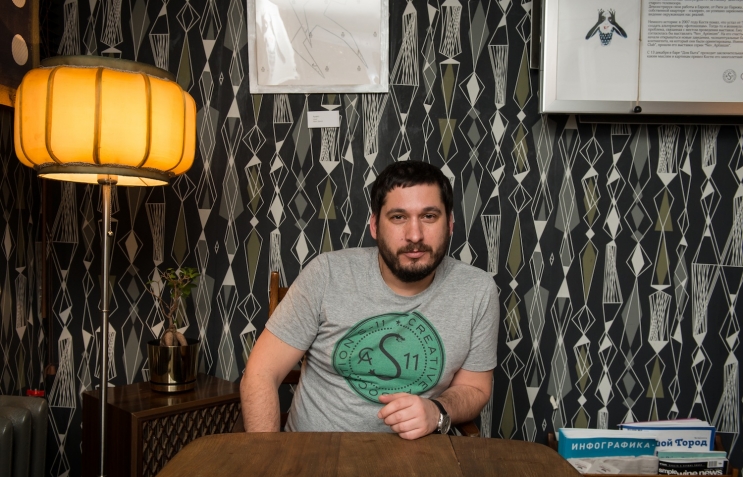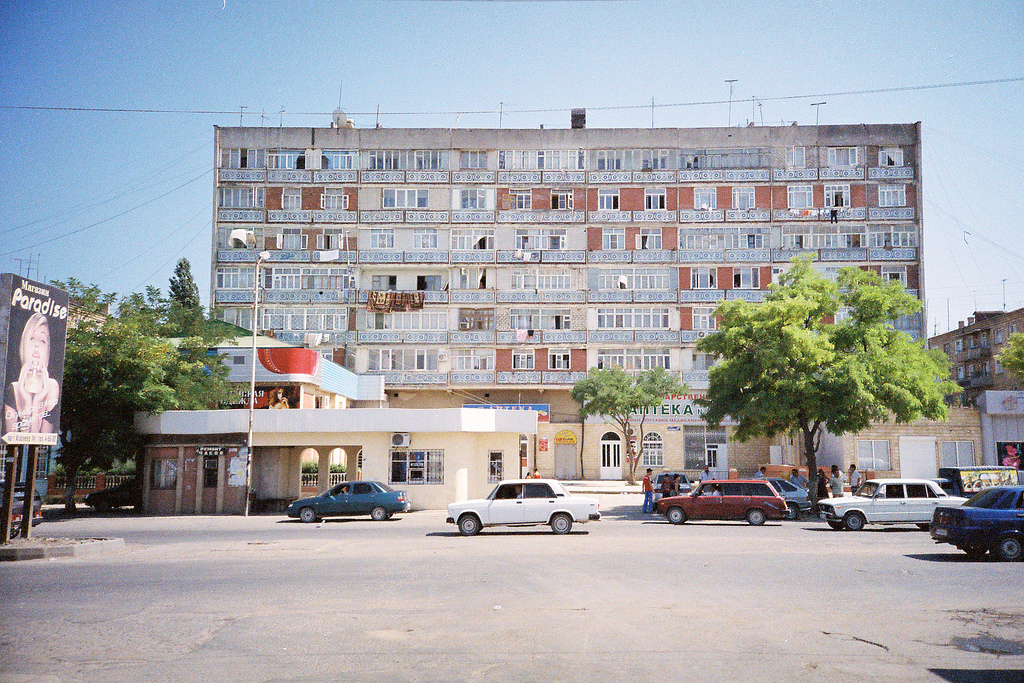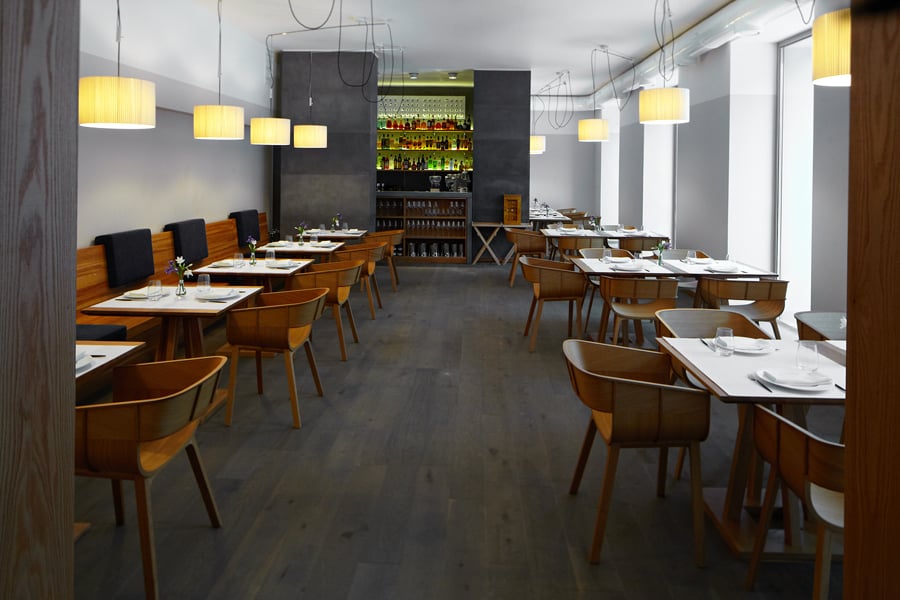Changing track: the cultural revolution may be over but it’s not the end for Perm
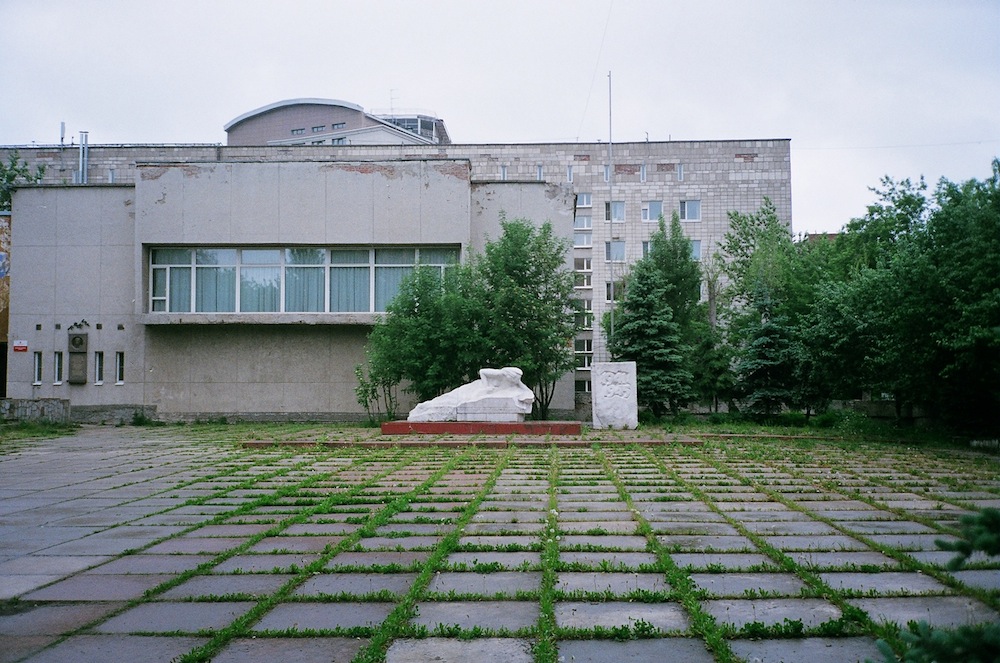
The state-sponsored plan to transform the Ural city of Perm into an international cultural hub may be over but residents are taking matters into their own hands, initiating change from the bottom up
In the industrial city of Perm, a city once synonymous with labour camps and factories that pumped out tanks and missiles, a new creative cluster has opened its doors. Although much of the city centre is distinctly unlovely, dominated by giant concrete blocks and four-lane roads that roar with traffic, Apteka Bartminskogo is housed in a 19th-century former pharmacy with winding staircases and high-vaulted ceilings. Visitors can choose from a rooftop restaurant serving local produce; a well-stocked bookshop with everything from photography to philosophy; a children’s art studio; a record store selling vinyl (a rare thing even in Moscow); a perfumier and more. What makes the arrival of the new space all the more striking is the timing of its opening this June. While tenants were toasting a long and prosperous future, the organisers of the White Nights festival, just a few blocks down the road, pondered the fate of their event.
In contrast to the fledgling enterprise at Apteka Bartminskogo, the White Nights festival is a top-down government initiative. The month-long festival has been staged annually since 2011 during the “White Nights” in June, a time when the city is bathed in sunlight until the early hours. Darkness — when it comes — is both fleeting and faint. The festival is one of two jewels in the crown of a much more ambitious project to rebrand Perm (the other is the Perm Museum of Contemporary Art, or PERMM) launched by Oleg Chirkunov, the former regional governor, who stepped down last year.
“When we study art at school, it ends with impressionism. We learn nothing about 20th-century art”
And, until last year, the plan to transform Perm into an international hub for cutting-edge culture was seemingly on track. Visitors laid on thick praise, hailing Perm as a Bilbao for the Urals, a city that would lure tourists looking for a cultural fix away from the usual stops in Moscow and St Petersburg. Writing for Spiegel Online in 2009, Erich Follath described Perm as a “hot new contender for the title” of Russia’s cultural capital; two years later, Finn Olaf-Jones of The New York Times compared the city to other festival hotspots such as Melbourne and Edinburgh. Chirkunov’s efforts were also noticed in Russia: in 2008, Afisha magazine named Perm as the best Russian city to live in. By 2012, it had slipped to fourth place in a Russian Reporter poll; this year it failed to feature at all.
The first cracks in the project appeared earlier this year, says Marat Guelman, a straight-talking curator. Guelman was one of those enlisted by Chirkunov to help rebrand Perm, a city immortalised in Chekhov’s Three Sisters as a provincial backwater that his protagonists were desperate to escape. For his part, he oversaw the development of PERMM, the city’s landmark contemporary art museum in a revamped, Stalin-era ferry station on the banks of the Kama River. The hope was that an iconic art museum would do for the city what Frank Gehry’s Guggenheim did for Bilbao. According to Guelman, progress on the Perm project has stalled since Chirkunov’s replacement, Viktor Basargin, a Putin ally, took over last summer. “This year there have been problems with bureaucracy,” he says. “This year we only had three months not eight and a smaller budget. Before, Chirkunov believed in me so he gave me carte blanche.”
When we meet at the White Nights festival Guelman’s mood swings between delight and despondency. Although pleased with the early success of the White Nights — 127,000 visitors clocked in on the first day — he tells me he will bow out from next year’s festival because of the change in the political landscape. His words are prescient. Days later, he is fired from his post as the director of PERMM and an investigation into the festival’s finances is launched. The sacking came after local authorities shuttered four of the festival’s exhibitions and Guelman re-exhibited them in PERMM. One of the exhibitions lampooned the upcoming 2014 Winter Olympics in Sochi with a series of satirical images including one depicting the Olympic rings as hanging nooses. Another exhibition showcased photographs from the 2011 anti-Kremlin protests in Moscow’s Bolotnaya Square.
A month later, we meet again in Moscow to catch up following his dismissal. “It’s impossible to work effectively when there’s censorship,” he says. “You can have a Guelman, you can have five Guelmans but it’s impossible to create a cultural project when there’s censorship.” He shrugs off the investigation, which he says hasn’t been followed up on. “I think it’s finished, but in our country you can never know,” he says.
The Perm story goes all the way back to 2005 when Chirkunov, a forward-thinking supermarket tycoon who had just taken office, swore to stem the tide of young people leaving. “It was important for the capital of the region to be a comfortable city to live in,” says Chirkunov. “And to change the traditional economy of the region and its dependence on oil.” In the decades preceding the end of the Cold War, neither Perm nor the roads leading to the city appeared on maps. Now Chirkunov wanted to put the city back on the map, but also make it a cultural beacon that would pull in tourists from around the world. He assembled a team of movers and shakers that, in addition to Guelman, included two highly respected, Moscow-based theatre directors Eduard Boyakov and Boris Milgram. Putting money where his mouth was, the New York Times reports that he dedicated 3% of the annual Perm budget, 1.5 billion roubles (£29m), towards nurturing the so-called “cultural revolution”.
“The cultural revolution has run out of steam because of the change in government”
The move was not without its detractors. Residents of Perm were openly hostile to the efforts to bring contemporary art to the city, in particular a series of public art installations. The debate was not a new one. Was a ten-foot, half-eaten apple really art? What about the figurines of red men perched on roofs around the city centre? And who decides what constitutes art anyway? “It shocked the whole city,” says Lena Tararukhin, 23, a former PERMM employee. “Now things have changed. Some people like the museum and what it’s doing.” One reason for the hostility towards contemporary art, says Tararukhin, is the narrow scope of the school curriculum in Russia. “When we study art at school, it ends with impressionism,” she says. “We learn nothing about 20th-century art.”
This year’s White Nights festival was testament to the fact that the city’s inhabitants have somewhat warmed to contemporary art since those early days. Or at least given up fighting it. The turnout was high and the crowd varied: young girls pushing prams in cigarette-thin stilettoes, hipster students and elderly couples who seized on the smallest of opportunities to break into a waltz. Among the artworks on show was The Rotunda by celebrated Russian architect Alexander Brodsky, which, when it was first unveiled in Perm in 2010, was compared to a toilet; there were even several attempts to set the structure, a ring of connecting doors, on fire. This year, The Rotunda was one of the most visibly popular features of the festival with members of the crowd peering through its doors and kids bouncing around inside.
There is no doubt that Perm, a city that was closed to foreigners until the end of the Cold War, has undergone dramatic change over the past few years. Save for Perm-36, a Soviet-era gulag that’s a two-hour drive away, it’s easy to dismiss the city. Yet if you resist the urge to re-board the train as soon as you arrive, you’ll find there’s much to engage the curious traveller. History buffs will have their fill in this once-secret city. A green line winding through the centre takes you on a tour of Perm’s historical highlights while those feeling more amorous can opt for the red line, a guided walk of the city’s greatest love stories. The cultural cognoscenti are also well catered for with art galleries, a raft of festivals and a growing number of bars and restaurants including even a vegan cafe.
Despite the transformation that has taken hold, the change in governor and consequent loss of momentum has not been without impact. “The cultural revolution has run out of steam because of the change in government,” says Mikhail, a 28-year-old translator who declined to provide his surname. “It felt like there was a lot going on before and that things were only going to get better. Before there was a growing sentiment that maybe it’s worth staying in Perm, worth giving it a chance. Now I’m thinking of leaving for Moscow.”
“Perm is in favour of contemporary art but against endless provocations and escapades. Culture doesn’t have to be created on noisy squares and at festivals”
I email Igor Gladnyev, acting minister for culture, youth policy and mass communication for the Perm region, to get an update about Basargin’s plans for the city. Although he gives an equivocal, politician’s response, it seems fair to say that Basargin will not be picking up where Chirkunov left off. “Perm is in favour of contemporary art but against endless provocations and escapades,” he writes. “I am convinced … that culture doesn’t have to be created on noisy squares and at festivals. It is also created in the quiet of classrooms, studios and libraries.” Perhaps most telling is his belief that “Perm is already an international cultural centre”. “I think,” he writes, “that the best revolution in culture is evolution.”
The outlook for Perm is not all bad. Stepping into the vacuum is a generation of young people who are taking matters into their own hands and generating change from the bottom-up. Apteka Bartminskogo is just one example. Since opening, tenants have organised several flea markets, which they hope to turn into a monthly event, says Alya Tiutikova, co-founder of Sisters’ Bar, the rooftop restaurant. “We see more and more family people coming to our restaurant and bringing their friends,” she says. “It shows that our audience is expanding beyond the usual hipster circles. It also reflects the fundamental changes that are taking place in Perm where a growing middle class is changing the cultural landscape in a much more dramatic way than any government initiatives … Cultural transformation shouldn’t be state-sponsored. It should be driven by local initiatives and should cater for local people, not just occasional visitors.” Unlike Chekhov’s Three Sisters, Tiutikova and her younger sister Ksenia are adamant that they are here to stay.
